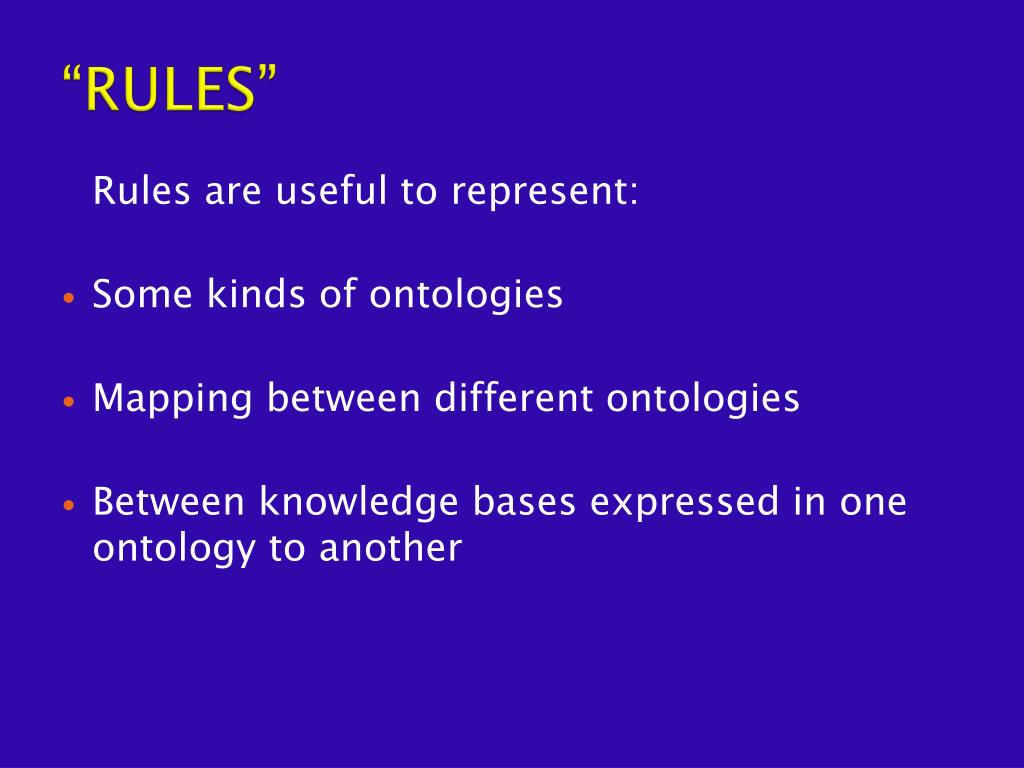

The first step in this process requires a comprehensive framework within which definitions can be analyzed. The body of the paper is concerned with demonstrating that semantic information can be surfaced through a rigorous analysis of dictionary definitions. I describe (1) how I have used the structure of the dictionary itself in an attempt to find semantic primitives and (2) how it appears that the systematization must incorporate a capability for word sense discrimination and must capture the knowledge contained in a definition. In this paper, I describe procedures which I have developed in an attempt to accomplish these objectives for the set of verbs in Webster's Third New International Dictionary (W3). To extract or surface such information, it will be necessary to systematize definitions and what they represent, probably using semantic primitives.

It is argued that definitions contain a great deal of information about the semantic characteristics which should be attached to a lexeme. If either of these goals are ever to be achieved, I believe that investigators must develop methods for extracting the semantic content of dictionaries (or at least for transforming it into a more useful form). Ordinary dictionaries have not been given their due, either as sources of material for natural language understanding systems or as corpora that can be used to unravel the complexities of meaning and how it is represented.


 0 kommentar(er)
0 kommentar(er)
